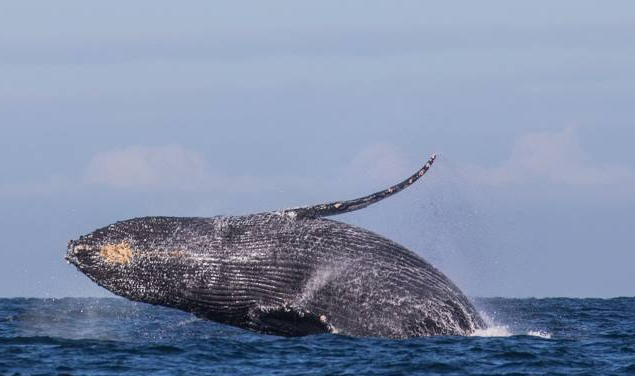
A team of researchers are now focusing on a long expedition in Antarctica, where they will collect blue whale faeces and examine its impact on biodiversity and climate change. Along with the team, dozens of scientists will depart from Hobart, Tasmania on the Research Vessel Investigator on next year January 19.
The participants called this research as the "most detailed whale poo expedition ever." The Guardian reported that the this team of scientists actually aim to test a theory that waste from the world's biggest mammal plays a huge role in maintaining the productivity of southern oceans than previously believed.
Lavenia Ratnarajah, a marine biogeochemist at the University of Liverpool stated "I want to show that whales are ecosystem engineers. Conservation campaigns are usually focussed on their beauty, but that doesn't convince everyone. If we can show how much these animals contribute to the functions of the ocean, then it will be easier to save them."
The whale faeces actually work as an iron-rich ocean fertiliser, which stimulates the growth of marine bacteria and phytoplankton. It also acts as the greatest biological source of carbon sequestration. The new study will try to quantify that fertilising impact and the researchers will test theories that the whale is irreplaceable in the polar ecosystem because the other predators such as penguins and seals mostly excrete on the ice so that they cannot provide the same nutritional benefits.
The study will start after the team deploy sonar buoys to identify the location of the whales. Later, when they get close to those marine animals they will launch drones to fly above them and wait for the telltale orange plumes. The researchers believe that this process can take days.
The blue whale, which can grow to more than 30 metres in length and weigh 200 tonnes, was almost exterminated due to commercial whaling in the 20th century. Even though this species has slowly recovered after the introduction of a global ban on catches in 1966, it remains endangered and faces a number of serious threats including ship strikes and the impact of climate change.
The population of this marine creature is now between 10,000 and 25,000. It can be found in all oceans expect enclosed seas and the Arctic.









